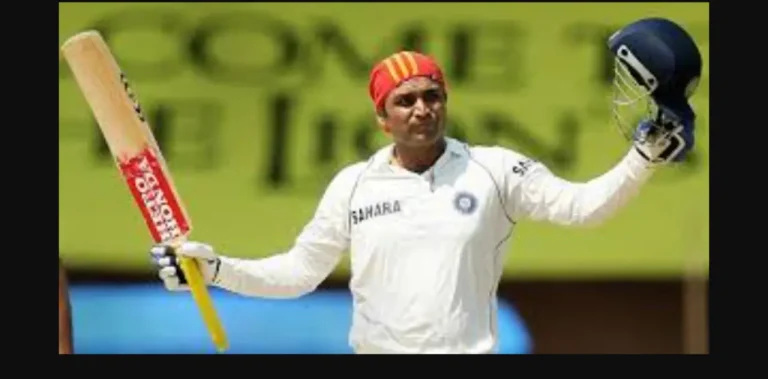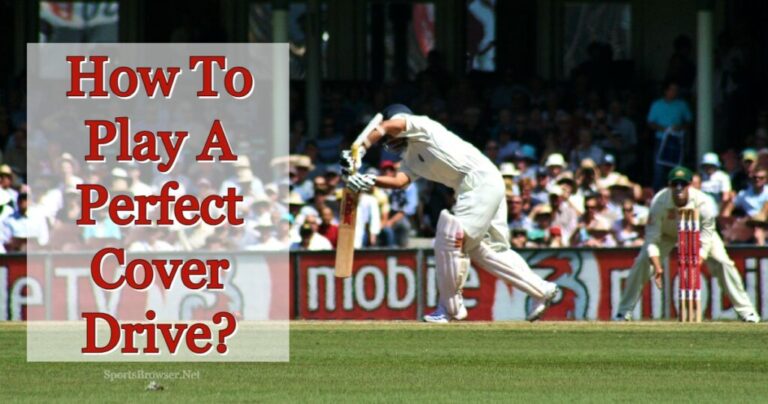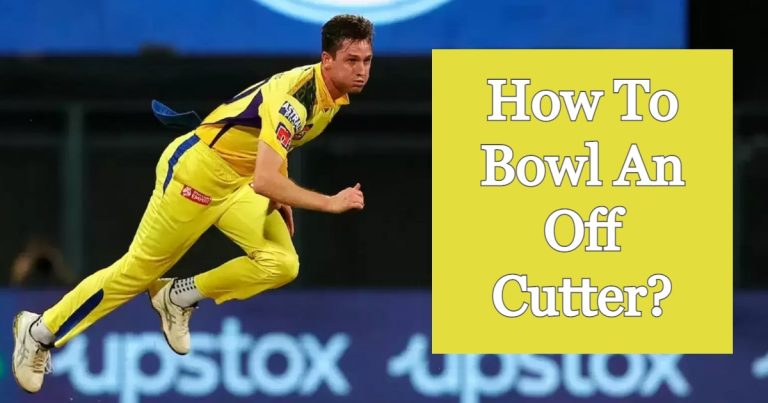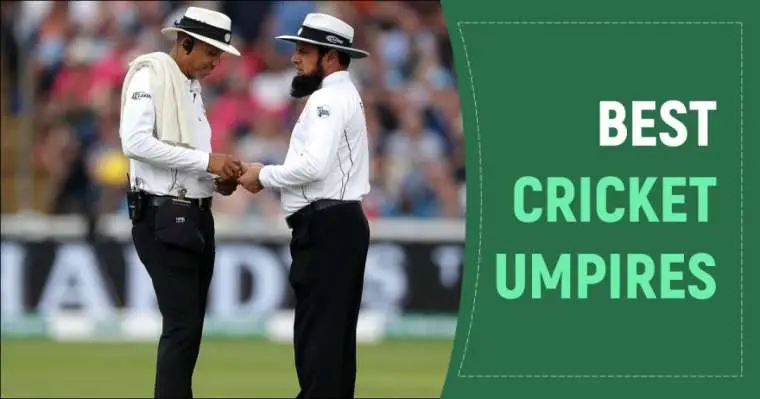What Is No-Ball In Cricket? Types, Rules, And Consequences
A “No ball” in cricket is when the bowler breaks the rules set by the International Cricket Council (ICC) and the official rulebook. It leads to penalties for the bowling team.
Besides, there are some reasons for a no-ball including the bowler overstepping the popping crease (the front line marking the boundary of the bowler’s delivery stride), the ball being bowled above the batsman’s waist height without touching their bat or body, or the ball bouncing more than once before reaching the batsman.
Understanding and identifying no-balls are crucial aspects of the game for players, umpires, and fans. Let’s analyze the complexities of what defines a no-ball in cricket, the regulations that control it, and the effects it has on the game.
Types of No-Ball in Cricket
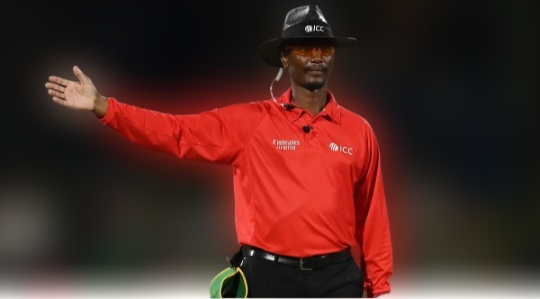
- Front Foot No-Ball: When the bowler’s front foot crosses the popping crease before releasing the ball, it results in a front foot no-ball, which is one of the most common infractions. Umpires keep an eye on this to ensure a fair start to the bowler’s delivery.
- Overarm Bowling Violation: If a bowler fails to keep their arm straight during the bowling motion, it violates the rules. This rule is in place to prevent any potentially harmful or unfair bowling techniques and to ensure that both batsmen and bowlers have an equal opportunity to succeed.
- Back Foot No-Ball: Here, The bowler calls a back foot no-ball when they land their back foot outside the return crease, which is less common. To avoid an unfair advantage, this guideline emphasizes the significance of keeping a legal delivery speed.
- High Full Toss No-Ball: Generally, when a bowler delivers a full toss that reaches the batsman above waist height without making contact with the pitch, the umpire declares a no-ball. This rule exists to protect batsmen from potentially harmful deliveries.
- Short-Pitched Ball Restrictions: In the first place, the amount of short-pitched deliveries (bouncers) allowed in an over is limited. If a bowler violates these boundaries, he or she will receive a “No-ball”. This rule prohibits bowlers from delivering excessively short-pitched deliveries to frighten batsmen.
- Underarm Bowling: While underarm bowling is rare in modern cricket, any attempt without prior agreement between the teams is considered a no-ball. This rule gained notoriety after the infamous “Underarm Incident” between Australia and New Zealand in 1981.
Some Other Types Of No-Ball In Cricket
- The bowler switches arms without informing the umpire.
- The bowler switches sides without informing the umpire.
- The bowler breaks the wicket while delivering the ball.
- The bowler throws the ball before beginning his delivery stride.
- The bowler throws the ball after taking a delivery stride.
- Bowling underarm
- No ball on the front foot; no ball on the back foot.
- The ball bouncing over the head
- Fast Bowler’s Beamer
- Slow Bowler’s Beamer
- The ball bounces multiple times.
- Ball pitching entirely or partially off the pitch
- A ball landed in front of the striker’s wicket
- Bowling risky and unfair short-pitched deliveries
- The wicketkeeper moves any part of his or her body in front of the stumps.
- The wicketkeeper chose to field at the boundary line while wearing gloves.
- Fielder intruding on the pitch 19. Fielder intercepting the delivery
- Restrictions on side fields
- Illegal Fielding
- Power play limitations
- Field boundary line restrictions for one day
- T20 boundary line field constraints
Consequences Of No-Ball In Cricket
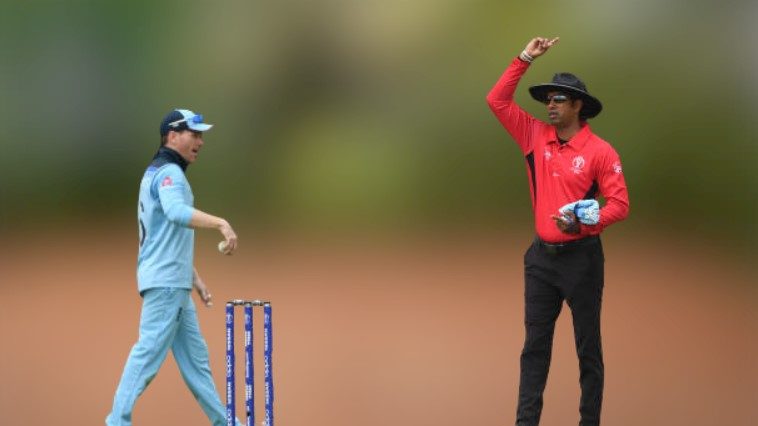
- Free Hit: The batsman receives a “free hit” as the most significant result. The rule states that only a run-out can dismiss the batsman on that ball, offering a rare chance to score without putting their wicket at risk.
- Extra Run: Besides the standard run scored, the batting side receives one extra run for the no-ball violation.
- Batsman Not Out: When a bowler delivers a no-ball and takes a wicket, the umpire declares the batsman not out, providing a crucial reprieve.
- Field Placement: In case, an improper field placement causes a no-ball, the batting team may receive extra runs, and the fielding side may have to modify their fielding placements.
Wide-Ball vs No-Ball

In cricket, a bowler can deliver two types of illegal deliveries – a “wide” and a “no-ball”. A “wide” delivery is too wide for the batsman to play a normal shot. The batting team scores one run. Various reasons, such as overstepping the popping crease or engaging in dangerous bowling actions, cause a “no-ball,” more serious offense.
After that, the batting team scores one run, and the batsman can only be dismissed by that delivery in the case of a run-out. The following delivery grants a free hit, meaning the batsman can only be dismissed by a run-out.
Related post
Rule 34 in Cricket: Hitting the Ball Twice
Types Of Bowling in Cricket: Fast, Spin, Medium, Swing and Yorker
FAQ’s
In cricket, the umpire will call a no-ball by raising one of his arms to shoulder height.
A ball that bounces more than twice or rolls before reaching the popping crease is a no-ball (amendment to Law 21.7).
For a no ball with no runs scored, add “NB” to the bowling column, “1” to sundries, and “1” to the total score.
In 2015, they changed the rules to make all no-balls result in a free hit.
According to rule 47.1, a delivery in cricket that passes above the waist height of the striker without pitching is unfair. The umpire must call a no-ball.
Conclusion
Lastly, Knowing that the various types of no balls add to one’s appreciation of cricket’s complexities. Intending to maintain fairness and safety, these rules contribute to the strategic balance between bat and ball. As the sport progresses, so will the scrutiny and interpretation of these rules, ensuring that cricket remains a captivating and dynamic spectacle for players and fans.


